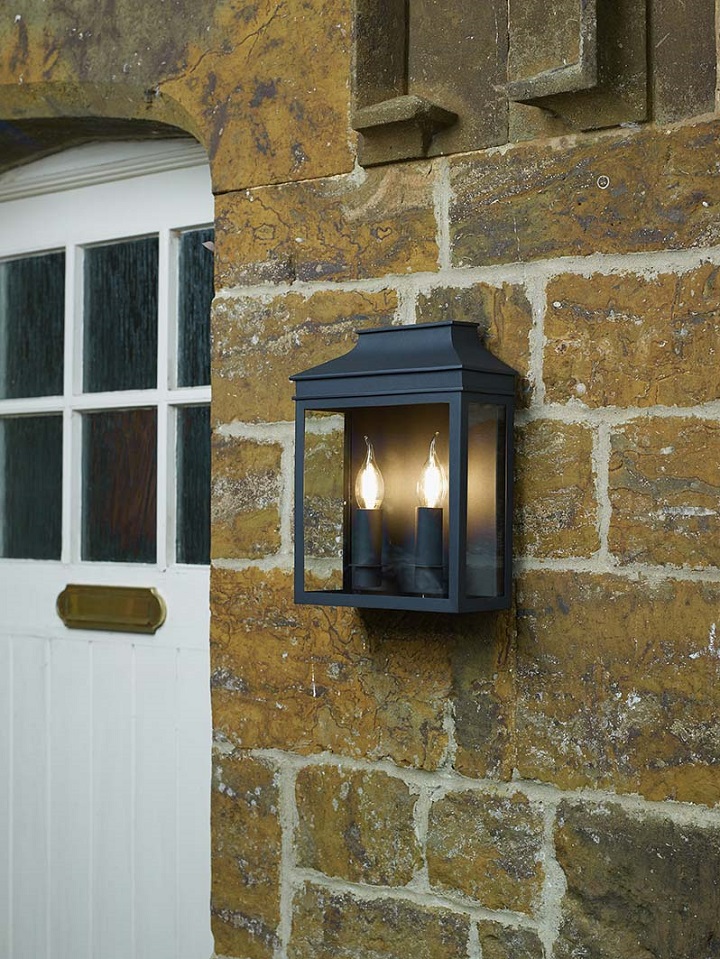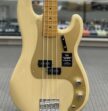Exterior Lighting 101: Bring Your Outdoor Space to Life
Contents
There’s no doubt that the kind of illumination you have in your outdoor space plays a big role in setting the tone and mood. Whether used for security, landscaping, or dramatic effect, it can alter how you perceive and use your property. And since we all want to spend as much time as we can outdoors when the weather is nice, making sure we have proper exterior lighting is key to enjoying our time outside to the fullest.
With all these in mind you might be wondering what type of lighting is best for outdoors or where should you put lights on the outside of the house, especially if going through some house renovations. Sure enough, adding new fixtures or revamping your current ones can truly transform your current setup. If done right, you can achieve the perfect balance of form and function that will make spending time outdoors a real treat.
Types of Fixtures and Lighting

Source: lightology.com
All in all, bright exterior lights are paramount for functional and aesthetically pleasing outdoor spaces. One of the most common types of fixtures is the path lights. These small poles with a built-in light and a diffuser on top can be stretched out along a walkway or utilized to frame out a place or feature in a yard. They might be positioned close to a pond, alongside a driveway, or a path.
Typically, ceiling lights and hanging lights are used for wet areas where they are never exposed to rain. They are typically specified as brighter fixtures since they are designed to be integrated into a surface or used as a featured light. There are many different styles of hanging lights available in various brightness levels.
Wall lights, on the other hand, are the traditional front or back porch lights that can be put on almost any vertical surface. These exterior lights are one of the most popular fixtures on the market because of their stylish appearance and sturdy construction. In contrast to targeted, bright illumination, outdoor wall lights are typically utilized as decorative accents or ambient lighting. These are the best option for porches or patios.
When it comes to outdoor lighting is important to start with task one as it is ideal for illuminating pathways and entrances. Moreover, task lighting is crucial when carrying out particular duties. Pathway lights, deck lighting, and outdoor step lights can all be used to create this kind of outdoor lighting. Make sure you get a wet-rated fixture if your fixture will be outside or otherwise exposed to moisture. Additionally, always check to see if the light fixture is designated as outside lighting.
An area is given general outdoor lighting thanks to ambient lighting. General lighting, commonly referred to as ambient lighting, provides a safe amount of brightness without a glare so you can see and move around. One common mistake most people make when it comes to establishing ambient lighting is choosing lights that are too bright. A bulb with a lesser wattage or lumen output is usually sufficient.
If you want to add dramatic and visual attention and turn your backyard into an attractive entertainment spot, accent lighting is the name of the game. Spend some time planning and concentrating your lighting for specific features, such as walks, the doorway, and landscaping. Trees, plant life, and architectural elements can all be highlighted. Spotlights are typically used to create this style of lighting. Here, a higher building or tree might be used with up lighting to generate drama.
Security and Safety
If you incorporate outdoor lighting into your design, some solutions can improve security. Understanding location is the first step in thinking about safety and security, with everything from Wi-Fi-controlled LED light bulbs to motion-sensor lights with distance and size settings.
Usually, the garage, driveway, and front door are the key points of interest. Because they are activated by movement, motion sensor outdoor lights are an excellent choice. Security lights provide a strong, flood-like light that aids in deterring criminals or trespassers.
Another great option to maximise the safety of your property is dusk to dawn lights. Equipped with specialized photo sensors, these fixtures turn on and off automatically when the sun sets and rises. They are a simple solution to guarantee that your outside lighting only turns on when necessary.
Activated by nearby motion, motion sensor lights are perfect for high-traffic areas of your property including entrances and pathways as well as security lighting. The design affects the motion sensor’s range and angle, making them a valuable safety option.
Scale
When looking for ways to set up proper lighting, you should also consider the scale of your property. Understanding the dimensions of your outdoor space can help you choose the right front porch wall lights, ceiling and hanging fixtures, and post and pier mounted lights, whether you have a tiny, private garden or a huge rear field.
Depending on how many bulbs a fixture has, it may come in a variety of sizes. While most people want their outdoor lights to be noticeable, you should make sure they’re not too overwhelming for the area. A good rule of thumb is to get light fixtures that are one-third the height of whatever they’ll be mounted on.
Power Output

Source: salens.com
Even though solar energy can occasionally be used, the majority of lighting on decks, patios, and porches requires electricity. There are two types of voltage you can use for outdoor lighting low voltage and line voltage.
Low voltage lighting operates at 12 volts, consumes less energy, and is usually simpler to install. Line voltage lighting, on the other hand, uses 120 volts, the same amount of electricity as the majority of the home’s equipment. To install them properly outside, they often need a few more components, such as a junction box and a conduit to safeguard your wires.
Cost
The cost of various solutions varies greatly due to the wide selection of types, designs, and sizes of outdoor lighting available. It’s great to just start looking for different fixtures to get a general idea of how much the type of outdoor lighting you have in mind costs.
Remember that installation fees are not included in the quoted price. Also, take into account how much energy the light consumes and how it will impact your recurring expenses. Consider the fixture’s endurance and if it will need to be updated in the future when assessing the cost of external lighting.
Maintenance
Motion sensors and solar-powered lights are two ways to reduce maintenance costs for outdoor lighting. If the light bulb has a glass shade, attempt the 75 to 100 Watt equivalent range when determining the wattage. Get a minimum of a 60 Watt equivalent for an exposed bulb.
The majority of outdoor fixtures are intended to be used in wet environments. Wet-rated fixtures are specifically designed for wet and windy areas. Wet location-rated outdoor lighting includes motion sensor lights, post lights, and wall lights.
Damp-rated fixtures, on the other hand, are used for covered patios, pergolas, and other areas that are not directly exposed to rain and moisture. Outdoor hanging and ceiling lights are all damp-rated, mainly because they’re not as likely to get wet since they’re located under an awning or other type of roof.






